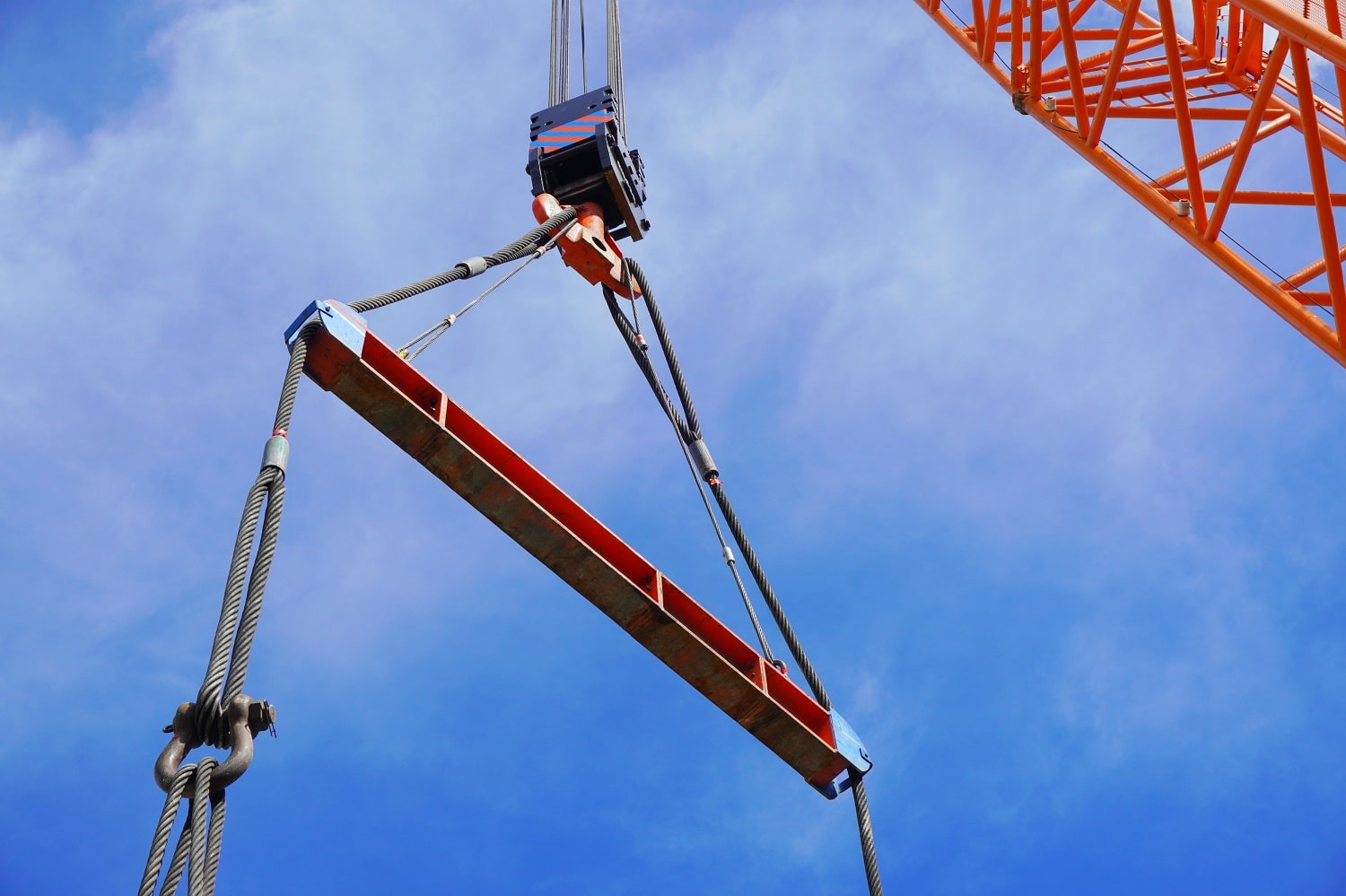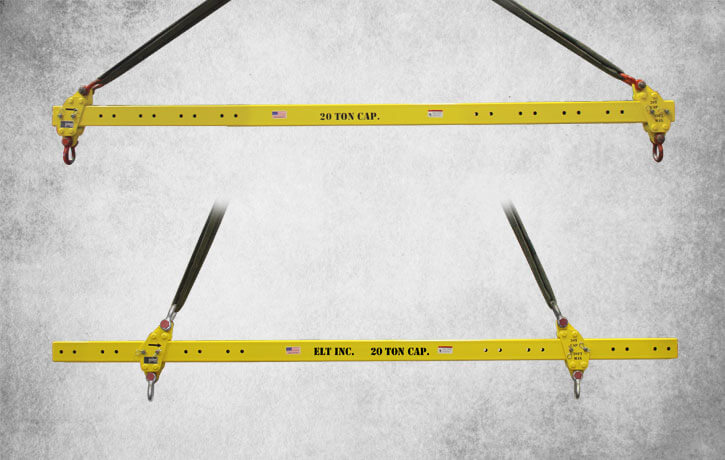Understanding Industrial Rigging And Lifting Shackles
The Importance of Rigging Shackles
Rigging shackles play a pivotal role in the creation of secure lifting and rigging configurations. They are the critical link between the lifting device (such as a crane or hoist) and the lifted load. The choice of shackle type, size, and material directly influences the safety and success of lifting operations.
Different Types of Shackles
Shackles come in various shapes and sizes, each designed for specific applications and load requirements. The two primary types are:
- D-Shackles (or Chain Shackles): Characterized by their D shape, these shackles are most suited for straight-line pulling and are commonly used in lifting applications where the load is strictly vertical.
- Bow Shackles (or Anchor Shackles): With a larger, rounder shape compared to D-shackles, bow shackles accommodate loads from multiple directions and are preferred when the lifting setup might shift or when the load may exert forces from various angles.
Material Selection
The material of a shackle is a critical factor in its performance and suitability for specific environments:
- Carbon Steel: Known for its durability and strength, carbon steel is a common choice for general lifting purposes where environmental conditions are not excessively harsh.
- Alloy Steel: Offering superior strength and toughness, alloy steel shackles are ideal for heavy-duty lifting and are often treated to enhance their load-bearing capacity and fatigue resistance.
- Stainless Steel: Best suited for applications in corrosive environments, stainless steel shackles resist rust and corrosion, making them ideal for maritime applications and chemical exposure situations.
Understanding Shackle Size
In rigging operations, the size of the shackle best fit for use is determined by the requirements of the lifting task, including the weight of the load, the type of rigging arrangement, and environmental conditions. The most common sizes are typically measured in terms of the diameter of the shackle’s body and pin, and the corresponding Working Load Limit (WLL).
Most Common Common Shackle Sizes:
- 1/4 inch (6 mm): Often used for light-duty applications, with WLLs around 0.5 tonnes.
- 3/8 inch (10 mm): Suitable for slightly heavier loads, with WLLs up to 1 tonnes.
- 1/2 inch (13 mm): A versatile size for medium-duty tasks, with WLLs around 2 tonnes.
- 3/4 inch (19 mm): Used in various applications, offering WLLs up to 4.75 tonnes.
- 1 inch (25 mm): For heavier lifting requirements, with WLLs up to 8.5 tonnes.
- 1-1/2 inches (38 mm): Designed for large-scale operations, with WLLs reaching up to 17 tonnes.
- 2 inches (51 mm) and above: Used for very heavy lifts, with WLLs exceeding 35 tonnes and going up to 150 tonnes or more for extremely large shackles.
Factors Influencing Shackle Size Selection
The selection of shackle sizes for rigging operations depends on several critical factors:
Load Weight: The total weight of the load is the primary determinant of the shackle size, ensuring the WLL of the shackle exceeds the load weight.
Type of Load: Whether the load is static, dynamic, or involves shock loading can affect the choice of shackle and its rated capacity. Dynamic or shock loads require a higher factor of safety.
Angle of Loading: Shackles are rated for loads applied directly in line with the centerline of the shackle. When the load is applied at an angle, the effective load capacity of the shackle decreases. For angles greater than 45 degrees, the load capacity significantly reduces, and specialized calculation methods or shackle types may be necessary to ensure safety.
Rigging Configuration: The complexity and type of rigging setup, such as straight lifting or multi-point lifting, influence the size and type of shackle required.
Safety Margin: A safety margin is typically incorporated into the selection process, choosing shackles with a WLL higher than the actual load to accommodate any unforeseen stresses or dynamic loads.
Environmental Conditions: Conditions like extreme temperatures, exposure to corrosive substances, or underwater applications may necessitate specific shackle materials and sizes.
Determining Load Capacity
The Working Load Limit (WLL) of a shackle is the maximum load that it is designed to carry under normal conditions. This rating takes into account the material and design safety factors. It’s essential to understand that the WLL is determined under ideal conditions and assumes that the load is evenly distributed, which may not always be the case in practical scenarios.
When selecting a shackle for a particular lifting operation, it is imperative to consider both the weight of the load and any additional factors that could affect the shackle’s performance, such as dynamic loading, which occurs when the load is moving, or shock loading, which involves sudden forces or impacts.
Safety Considerations
Safety in lifting operations cannot be overstated. It’s important to regularly inspect shackles for signs of wear, deformation, or damage. Any shackle showing signs of compromise should be immediately removed from service. Additionally, understanding the impact of shackle orientation and loading angles on the effective WLL is crucial, as these factors can significantly reduce the shackle’s capacity.
Innovations and Best Practices
The field of rigging and lifting is continuously evolving, with advances in materials science and engineering leading to the development of shackles that offer improved performance, durability, and safety. Innovations such as RFID tagging for easier inspection and inventory management, and load sensing shackles that provide real-time load monitoring, are enhancing operational efficiency and safety.
Adhering to best practices in shackle selection, inspection, and maintenance is essential for safe lifting operations. This includes following manufacturer recommendations, adhering to industry standards, and ensuring that all personnel involved in lifting operations are properly trained and aware of the importance of using the correct lifting accessories for the job.
________
Industrial rigging and lifting shackles are a major component of safe and efficient lifting operations. By understanding the various types of shackles, the importance of material selection, and the criticality of correct sizing and load capacity, you can ensure that your lifting operation is conducted safely and effectively.




